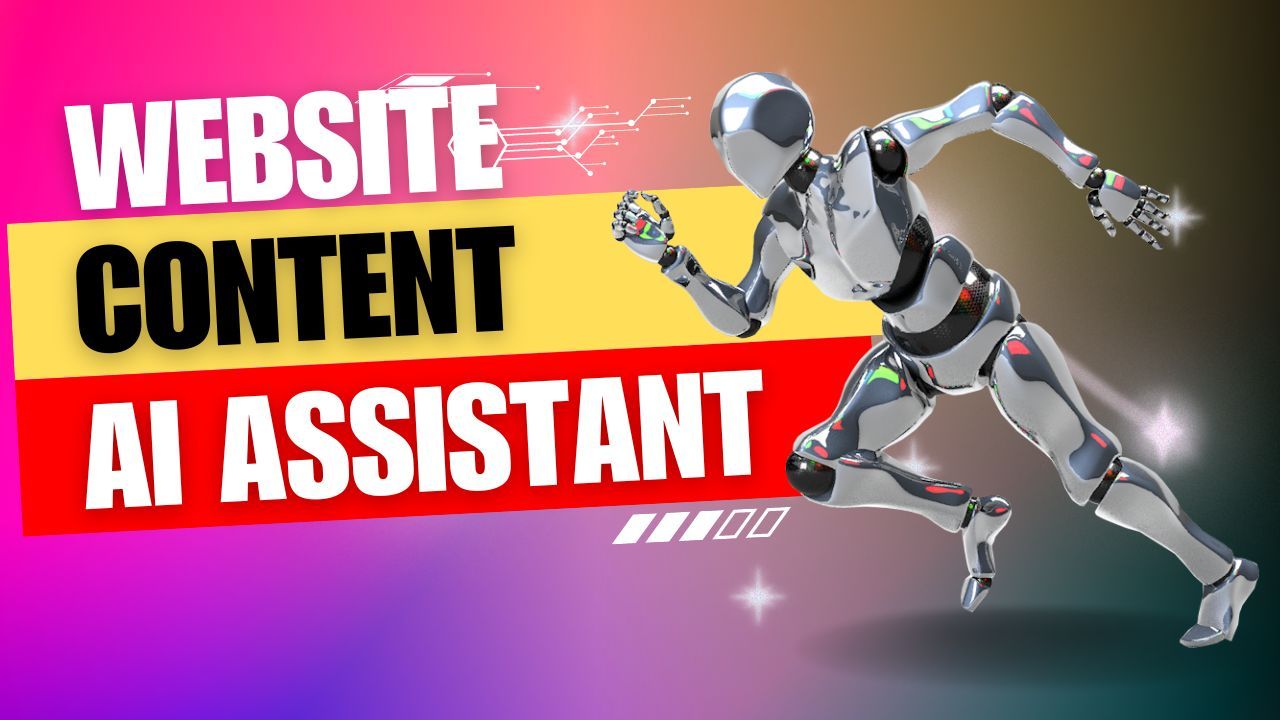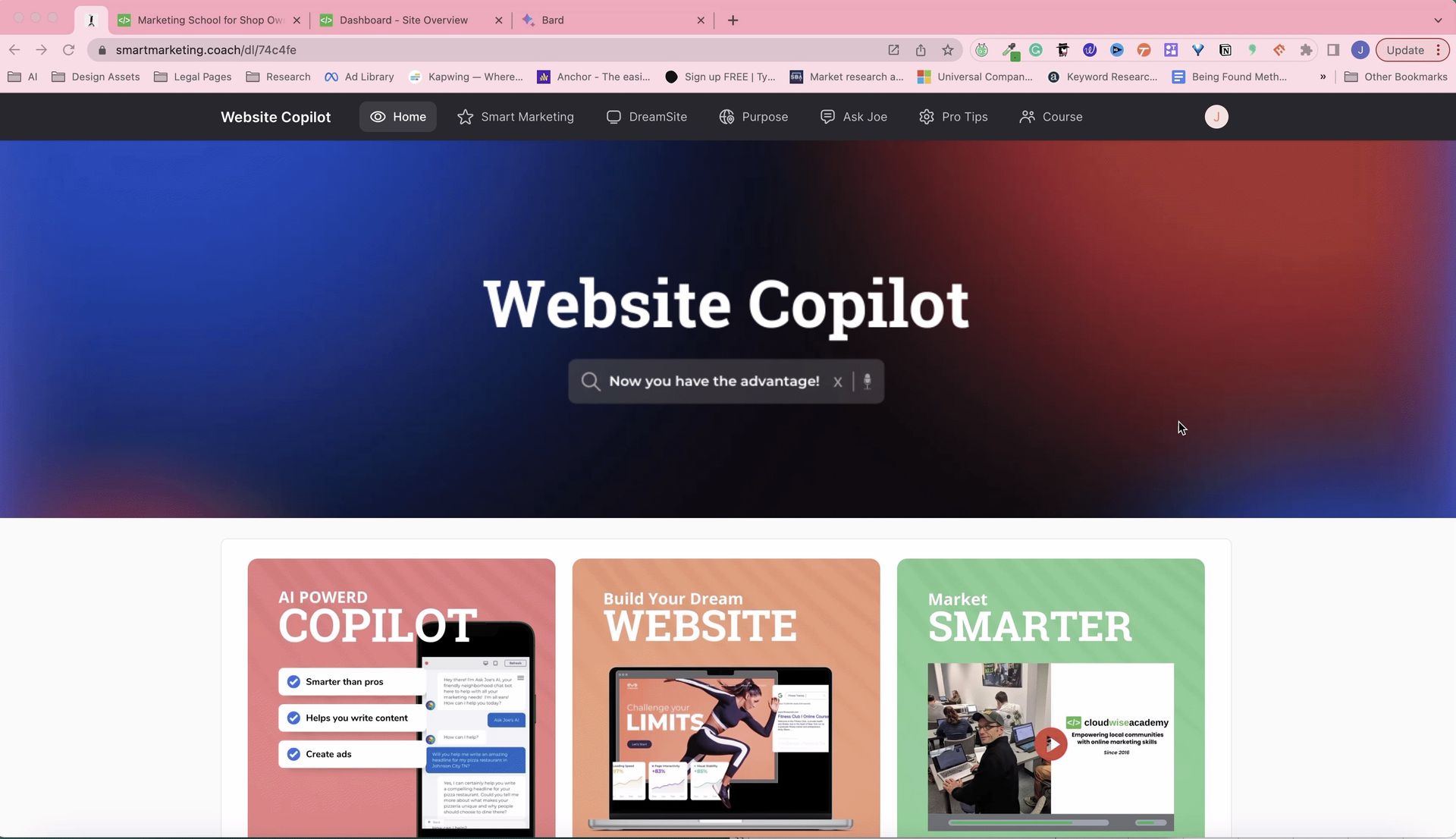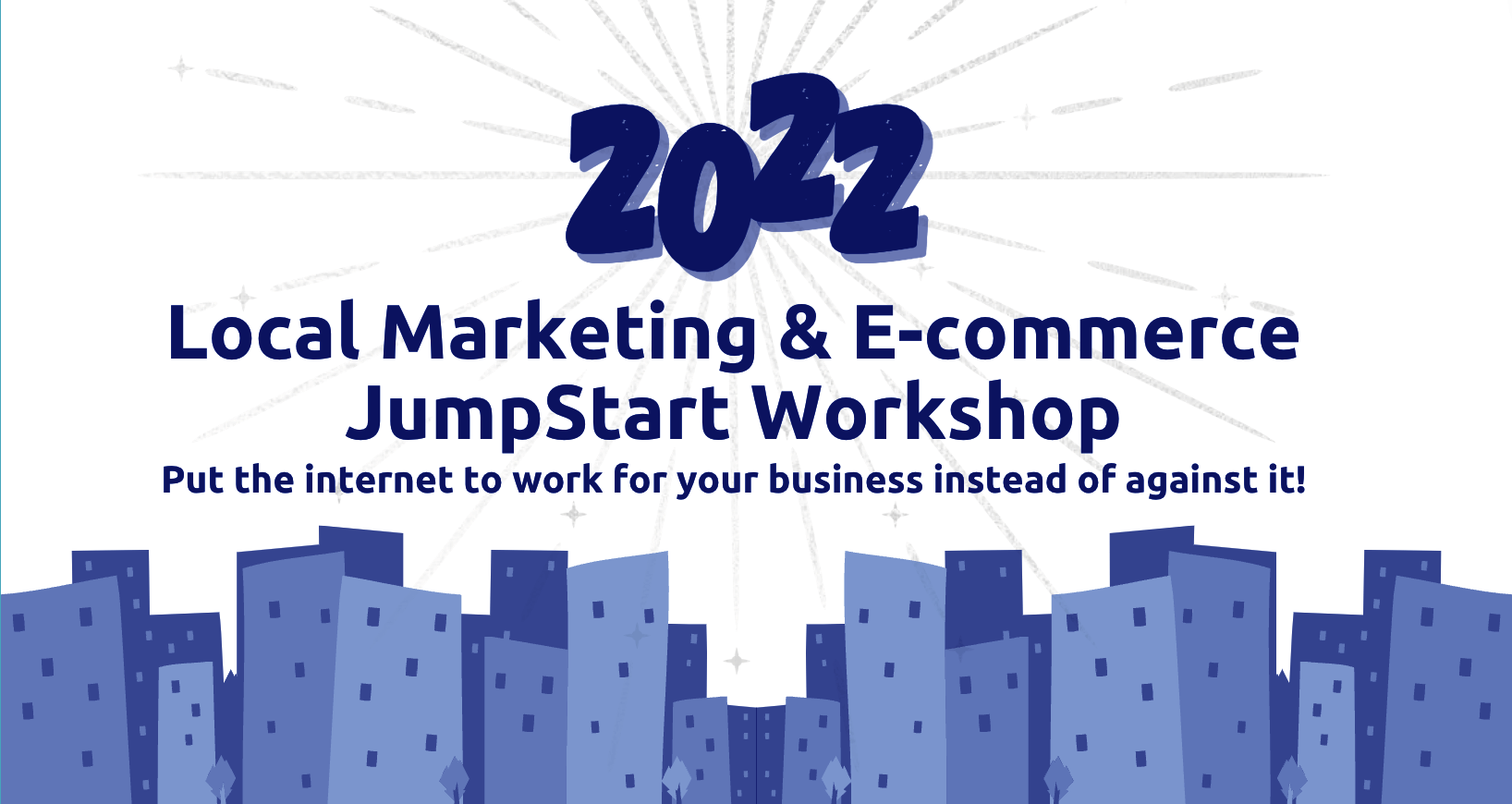Joe: Welcome to the Being Found Show. We are here to make sense of the internet for your business. If your products and services aren’t online, someone else’s is, and customers are going to them. I’m going to do something called my 2 Minute Tip. I fully expect it to take 5-10 minutes, but it’s my show, and I can call it whatever I want.
Your business website should have descriptive titles! Make sure the titles of your products, web pages, and blog posts descriptive. Don’t make the viewer guess what it is about.
If I am looking for something, I don’t want to waste my time digging through products to see if it is what I want. I want to know what the product is before I read about it, so I don’t waste my time. Descriptive titles matter.
If your title is too vague, you have an even less amount of time to make an impression when the consumer gets to your site. The consumer will bounce or leave the site if they have to wait too long for something to load or if what they are looking for is too hard to find.
Chauncey: Part of the reason why that’s a problem is aggregating your product through your site. It’s easier for them to look at their products and look at their inventory and understand what that is but they’re not looking at it in a proactive sense. It’s not supposed to be easy for you; it’s supposed to be easy for your visitor.
Joe: That goes back to the three rules of the being found guidelines. Rule #1: Meet your customer expectations.
3 rules for being found online
- Meet customer expectations
- Meet Google expectations
- Meet revenue expectations
4 Tips on how to write catchy titles and headlines for products, web pages, and blogs.
1. Keep it simple and direct
2. Know what you’re writing about and who you’re writing to
3. Use keywords
4. Look at what titles are working on Amazon
Chauncey: Business owners or manager always want to name and title things in a way that only makes sense if you’re an absolute insider to the industry. Their customers have no clue what they mean, but it looks good to their bosses or colleagues. Your customer doesn’t know as much as you and the products aren’t for you.
It makes you ask yourself how you want to show up your competition. Do you want them to look at your website and think wow they use lots of words and they know what they’re talking about? Or do you want them to look at your business and think I wish I made as much money as those guys?
Joe: When we were deciding the layout and categories for my site, we reviewed those of the competitors. I realized that my competition was making their titles crystal clear to the customers and mine were long and confusing. I knew I needed to fix that. We want our clients to find what they are looking for without having to guess.
You always need to go back and analyze your own site. I get so busy with my clients and their sites. I end up rebuilding my own sites like once every six months because like I’ll build it and then I’ll ignore it for six months because I’m working on my clients and I’ll come back, and I’ll look at it will be oh what the heck is this horrible thing.
Google’s pulls your page title in, and that’s what they’re going to display to your user. That’s your chance to sell the click. If you’ve put no thought into that, a good way to do it is Google your products or services and get specific. I think we forget how much the internet is connected. Your content tends to be aggregated and pulled into other places whether it’s industry insider sharing one of your pages or products or blog posts into their audience or it’s you sharing it on your Facebook or Twitter. If your title and descriptions aren’t clear, Google won’t fix that for you because they are just as confused.
Chauncey: Explain your website titles and content as though somebody could read it in a second and have a general understanding of what it is.
Joe: If you sell products, I’m going to provide you with a little hint. Go to Amazon. Amazon’s search tool appears to be pretty simple.
There are a whole bunch of algorithms behind the scenes. It filters things like whether or not a product offers prime shipping, the ratings, and stuff like that. But it seems to be very strongly related to the titles. If you go searching for products you will realize the titles have the size, brand, variance and their use. Amazon is a great place to start and get an idea of how to organize and label your products. Also, ask someone who is from a consumer standpoint to review your site.
Thank you for listening to this segment of the Being Found Show, to hear the full show listen here: Being Found Show Episode #45 or subscribe to our podcast.







